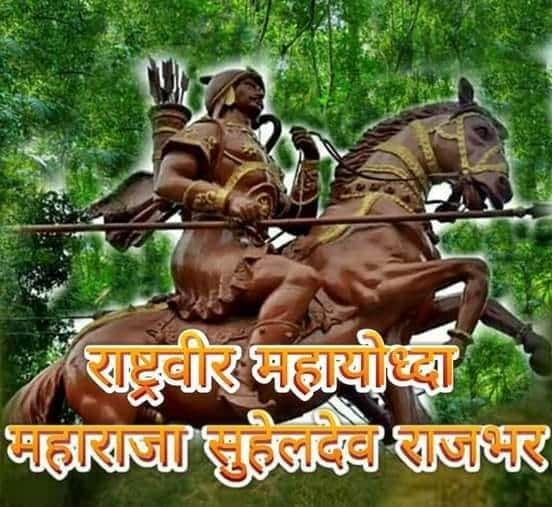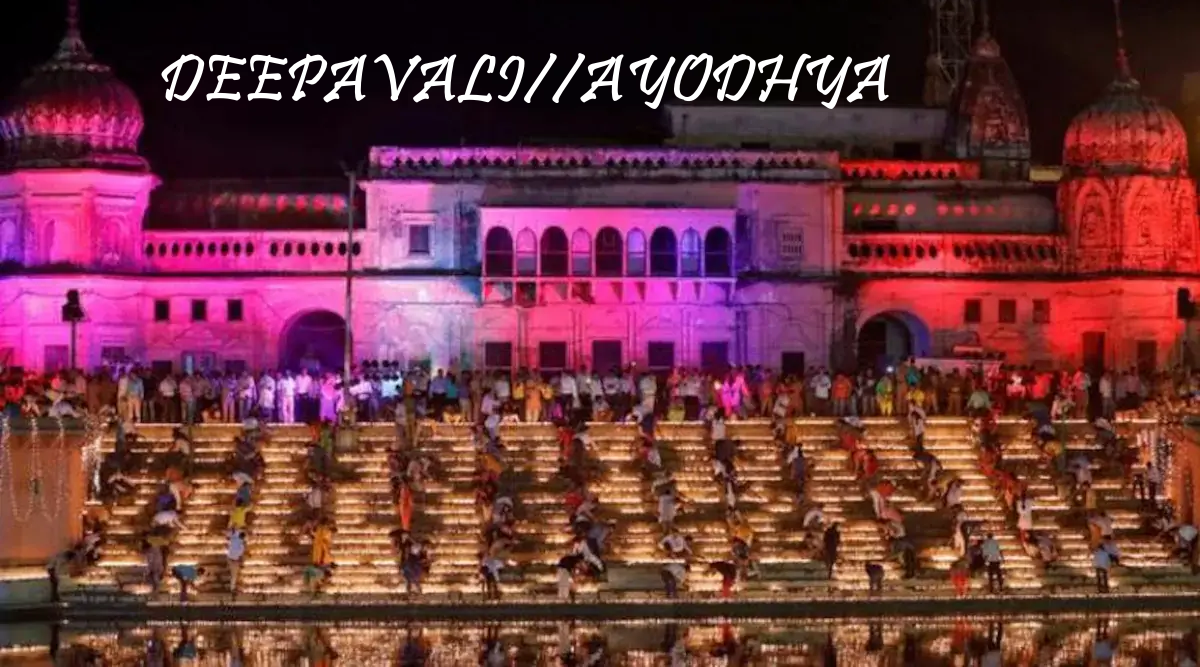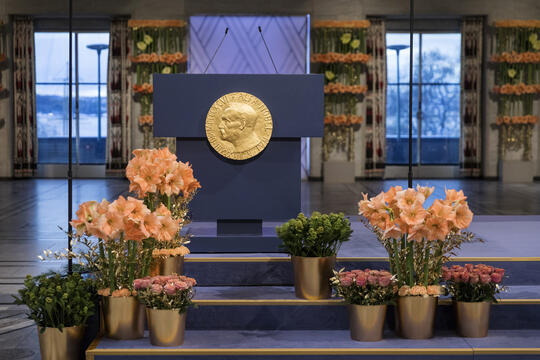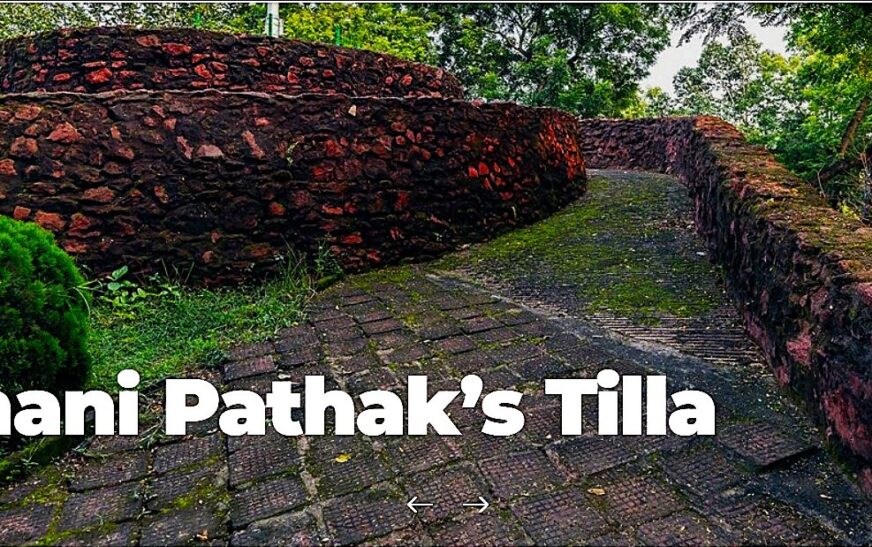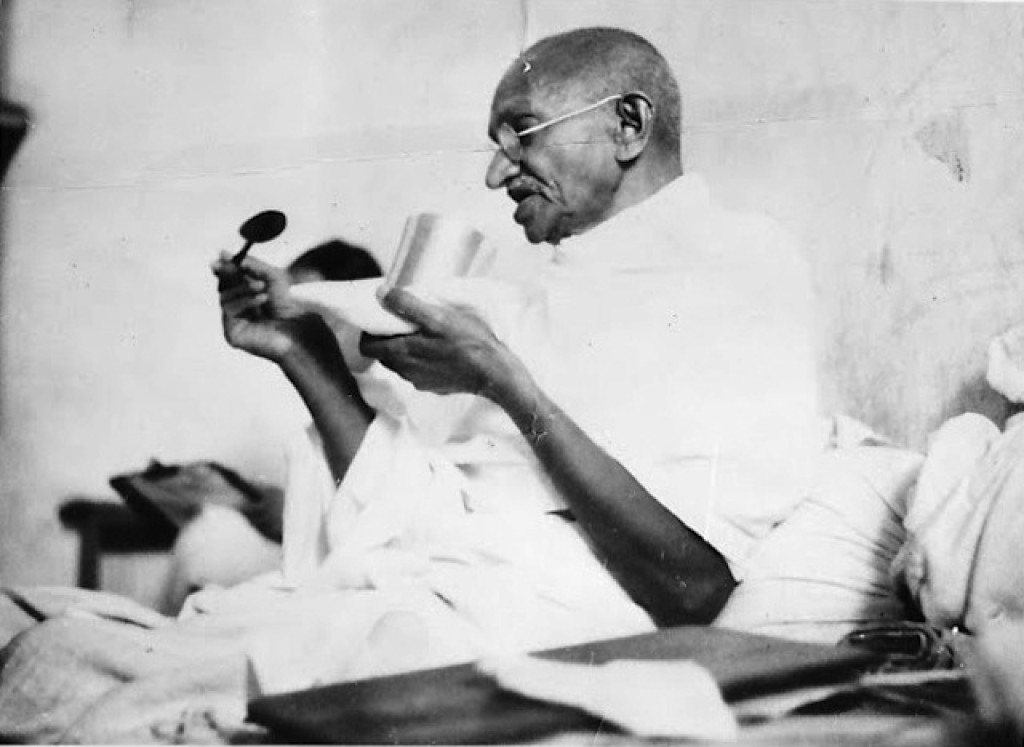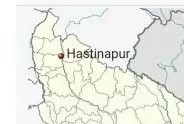SUHELDEV: THE LEGEND
BATTLE OF BAHRAICH
SARASIJ MAJUMDER
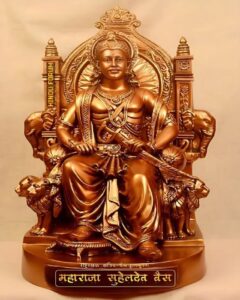
AT LAST:
On 16 February 2021, Tuesday, on Basant Panchami, the foundation stone of Maharaja Suheldev Smarak in Bahraich, Uttar Pradesh was laid by Prime Minister Narendra Modi via video conferencing. This included the installation of an equestrian statue of Maharaja Suheldev. It is completed, and image furnished.
The forgotten legend is honoured.
WHAT WAS HIDDEN IN HISTORY:
Suheldev was king Prasenjit’s son, and he was born on the auspicious day of Basant Panchami. He was Nagavanshi Bharshiv Kshatriya, who in today’s time are called Bhar or Rajbhar.
It is believed that Bhar caste is one among the 14 subcastes of the Pasi community. One more story about him states that he got later converted to the Jain religion. This is mentioned in the book, ‘Jain Dharm Ke Shaasak’.
Maharaja Suheldev was a great king of Shravasti, popularly known for defeating and killing the Ghaznavid general Ghazi Miyan, and fatally injuring Masud at Bahraich in 1034.
According to Avadh Gazetteer, Suheldev was born in 990 CE on the day of Basant Panchami. His rule was from 1027 CE to 1077 CE. His reign was extended from Gorakhpur in the east to Sitapur in the west. He was a religious man and an ardent worshipper of the Sun God, and Mahadev. Impressed by his chivalry and courage, the neighboring kings of Gonda, Lucknow, Barabanki, Faizabad, Unnao, Gola and Lakhimpur accepted him as their Maharaja. It is mentioned in this gazetteer that 21 kings were ruling their kingdom peacefully under his Suzerainty. Suheldev is believed to have led many battles to save and protect the Hindu pride and culture. The biggest act of his bravery happened some time after Mehmud of Ghaznavi left India after robbing for 17 consecutive times and then honoured as Ghazi owing to his killing of QAFERS of Hindustan!! He had dream of establishing a Sunni Islamic empire in the whole world. In 1026 CE, he looted the Somnath temple of Gujrat. After his death, his nephew Saiyyad Salar Masud also wished to be honoured as Ghazi, so he decided to attack India, and murder Qafers! He had a difficult fight against Delhi’s king Rai Mahipal and his brother Rai Hargopal but he managed to win Delhi. Masud’s next destination was the epicenter of the Hindu faith, Ayodhya and Varanasi. His barbaric army wreaked havoc on the ruling kingdoms on the way, because of which many kings surrendered and made a pact with him. Some of them even converted to Islam to save their kingdoms. Masud was unbeatable until he met Suheldev. He had to cross Bahraich to reach Ayodhya hence there was no other option but to fight with Suheldev. On the other side, Suheldev was keeping a sharp eye on Masud’s movements through his able network of spies. He warned all his allies beforehand, to be prepared to fight Masud’s humongous army of around 1.5 lac soldiers, mainly Cavalry. During the battle with Masud, Suheldev was on the verge of losing as Masud’s army attacked at the midnight against the war code. Suheldev asked for help from his people and they happily agreed to join his army to help him. And thus, a huge army was formed which defeated Salar Masud’s army of 1.5 lac and Masud died suffering a fatal wound after two day’s battle by Suheldev. After Masud’s death his commander Salar Ibrahim sent a peace proposal to Suheldev, which got refused by Suheldev, and he ferociously attacked the remaining enemy. Not a single soldier from Masud’s army was spared in the war. This was the reason: the Islamist invaders from Afghanistan didn’t dare to attack India for next one and a half century.
King Suheldev is well mentioned in Mirat-i-Masudi, a book written in 17th-century in Persian-language. ‘Mirat-i-Masudi’ is the biography of Salar Masud, written by Abd-ur-Rahman Chishti during the reign of the Mughal emperor Jahangir (1605–1627).
The Uttar Pradesh government, headed by Yogi Adityanath, celebrated Suheldev’s birth anniversary and released an official note, which said, Raja Suheldev fought, defeated and killed the Ghaznavid commander Ghazi Sayyid Salar Masood on the banks of Chittaura Lake in Bahraich in a famous battle in 1034.
A few wounded men of butchered 1.5 Lac Ghaznavid army took back home such a memory in Afghanistan, that no Afghan Ruler dared to cross Khyber, and attack India for next 149 years!
Muhammad Ghori’s first major campaign in India was in 1175 when he invaded the Multan and the fortress of Uch, bringing the region under his control.
If Prithviraj did the same thing as King Suheldev did during first battle of Tarain, Delhi would not be under control of ‘MUSLIM SULTANATE’.
The stories of king Suheldev’s bravery are found in the local folklore of Uttar Pradesh and the eastern regions of India as well. Unfortunately, it didn’t find place in the Text Books of Indian History taught in schools and colleges! Such were the influence of Muslim Education Ministers during the JLN’s Dynasty’s regime!!!
BATTLE SITE CHITTAURA JHEEL:
Chittaura Jheel’s history centers on its location as the site of the 11th-century battle between Raja Suheldev and Ghazi Salar Masud, a pivotal event in Hindu history, and the religious significance of the lake, a pilgrimage site featuring the Raja Suheldev Darbar temple complex and fairs on Kartik Purnima and Basant Panchami. The lake is also a natural wetland in Uttar Pradesh’s Bahraich district, home to migratory birds and rich aquatic biodiversity, which was the subject of a recent foundation stone-laying event by the Prime Minister for a memorial and development project.

A small river, Teri/Tedhi Nadi, originates from this lake. This river goes beyond Gonda and merges with the Saryu river. It is mentioned in the mythological texts as Kutila river.
The primary historical event associated with Chittaura Jheel is the decisive battle in which the Hindu king Suheldev defeated the Muslim invader Ghazi Saiyyda Salar Masud in 1033 A.D..
The lake is believed to be the former dwelling of Muni Ashtavakra, the guru of Maharaja Janak, further adding to its spiritual importance.
Hindu Pilgrimage Site: The lake is a significant Hindu pilgrimage destination.
Raja Suheldev Darbar: A temple complex known as the Raja Suheldev Darbar is situated at the site, housing a statue of Raja Suheldev. And the temple is dedicated to Goddess Durga.
Festivals: Fairs are held annually at the lake during the Hindu festivals of Kartik Purnima and Basant Panchami, commemorating Suheldev’s victory.
Chittaura Jheel is a large natural ecological wetland in the Bahraich district of Uttar Pradesh.
It serves as a home for various migratory birds and supports a rich diversity of aquatic insects and fish. You can visit from August—October for seeing birds.
I drove to this place in 2022, late October, and stayed in Vinayak Resort, Bahraich for two days. There are more than one options for accommodation. I halted at Lucknow for two nights in between.
The route map from my hometown is also furnished. One also can reach there via Lucknow, connected by Air, and Train.
- https://www.jagran.com/uttar-pradesh/lucknow-city-maharaja-suheldev-memorial-in-bahraich-maharaja-suheldev-was-big-fighter-maharaja-suheldev-a-symbol-of-respect-and-honor-of-rajbhar-society-21374363.html
- Bharat ka Rakshak Maharaja Suheldev (Bharat Gaatha) Paperback – 26 October 2020;Hindi Edition by Amish (Author)
- Narayan, Badri (2009). Fascinating Hindutva: Saffron Politics and Dalit Mobilizations. SAGE Publications. ISBN 978-81-321-0105-5.
- Other references are mentioned in the ‘Text’.
Notes:–
- Muslims lost many battles to Hindus during their rule, or aggression, which are kept in the dark!
- Sources like WIRE, WIKI,.. etc. may have different information which are unreliable. References are furnished.

